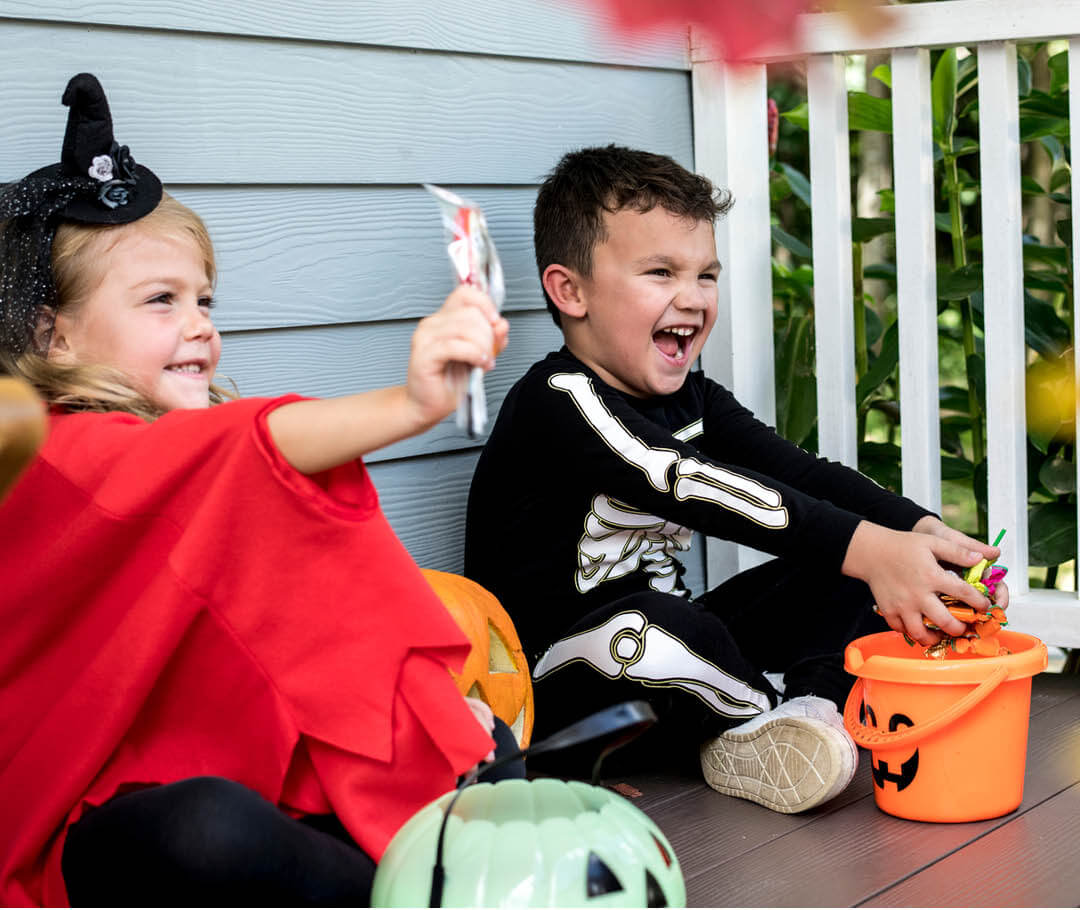November 25, 2025
Every Parent Should Read This Before Halloween
FEATURED POSTS
November 7, 2025
Each holiday brings a certain magic and wonder. When you have a child with special needs, it can also bring extra effort, some anxiety, and the need to stay flexible (read: bail at any moment).
It is great when you come across a story or news item about people who just get it. Good folks of all ages who celebrate and include all children without judgment or fear.
As we approach this Halloween, we wanted to share this lovely anonymous advice to parents everywhere. We hope you will share so that we can all help make this Halloween magic for all!
“Tonight, a lot of creatures will visit your door. Be open minded. The child who is grabbing more than one piece of candy might have poor fine motor skills. The child who takes forever to pick out one piece of candy might have motor planning issues. The child who does not say “trick or treat” or “thank you” might be painfully shy, non-verbal, or selectively mute. If you cannot understand their words, they may struggle with developmental apraxia of speech. They are thankful in their hearts and minds. The child who looks disappointed when he sees your bowl might have a life-threatening allergy. The child who isn’t wearing a costume at all might have SPD or autism. Be kind, be patient, smile, pretend you understand. It’s everyone’s Halloween. Make a parent feel good by making a big deal of their special child.”
-Author Unknown







